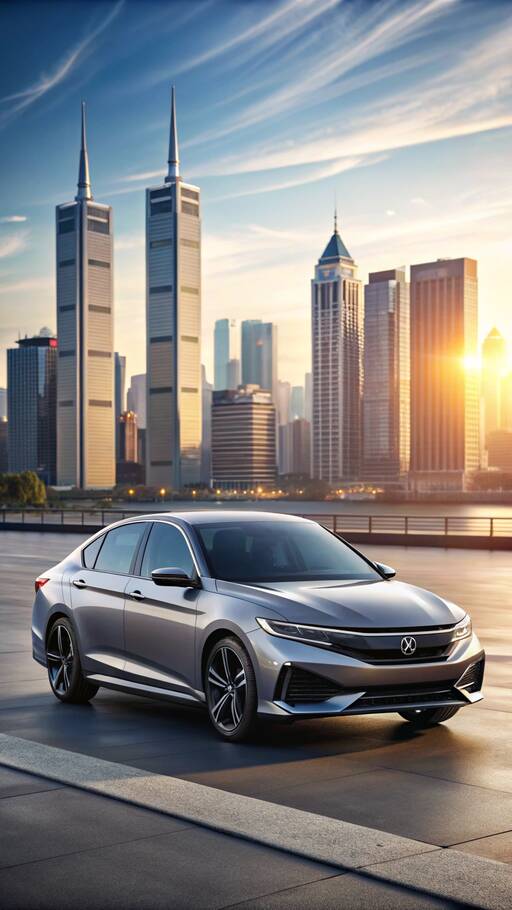
The 2025 Infiniti QX60 takes 7.5 seconds to hit 60 mph, down from the 2023 model’s 6.2 seconds. This decline is due to the 2025 model’s less powerful turbocharged 268-hp 2.0-liter engine, which replaces its previous 295-hp V-6. Even though the new model is slightly lighter, the drop in horsepower affects its performance.
The third-generation Buick Enclave comes with a turbocharged 2.5-liter engine producing 328 hp, but its 0-60 mph time is slower at 6.8 seconds compared to the older model’s 6.5 seconds. The extra curb weight and larger wheels contribute to this slower start.
Despite gaining 50 hp, the 2025 Infiniti QX80 is slower, taking 6.1 seconds to reach 60 mph, whereas its predecessor did it in 5.9 seconds. The additional 576 pounds from its twin-turbo V-6 affect its speed.
The 2025 Civic Sport Sedan features an Atkinson-cycle engine that results in a 0.1-second slower 0-60 mph time (8.9 seconds) compared to the 2022 model. Although it lags initially, the new Civic gains an edge at higher speeds, likely due to changes in transmission programming.
The Tacoma TRD Pro now includes a hybrid powertrain with substantial output yet is slower, taking 7.7 seconds to reach 60 mph compared to the 2017 model's 7.6 seconds. This decrease is mainly due to its heavier 5403-pound weight, considerably more than its predecessor.
While most vehicles get faster with each new generation, some notable models experience a slowdown due to factors like reduced engine power or increased weight. These examples serve as a reminder that new doesn’t always mean faster.
Read Our Full Reviews Here